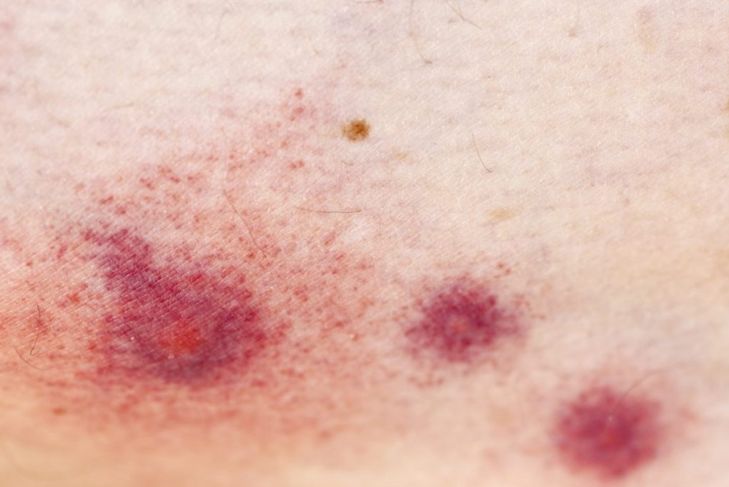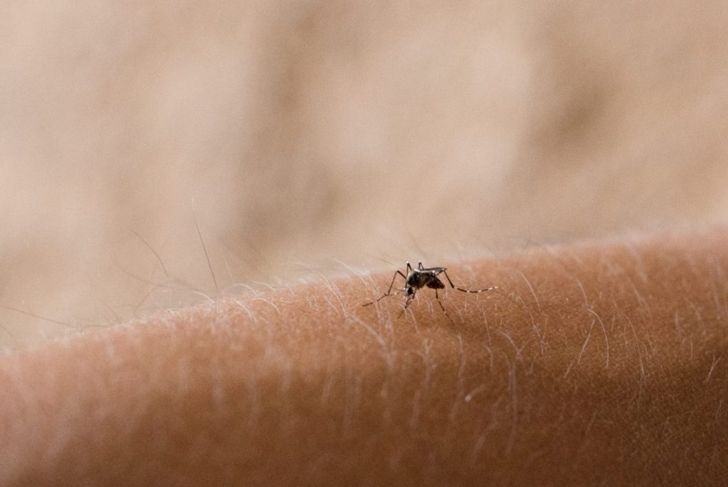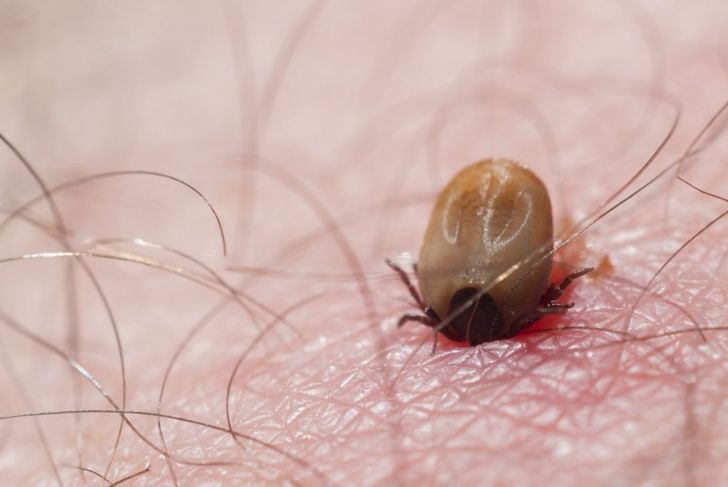Tick-borne encephalitis refers to three strains of the encephalitis virus, which are transmitted in different regions of the world from infected ticks to humans. The virus enters the bloodstream after a tick bites a person. The infection mimics the flu, causing some cases to go undiagnosed or misdiagnosed. Approximately 30 percent of tick-borne encephalitis cases advance to a high fever and affect the central nervous system. The severity of the illness depends on the individual, although there are correlations between the severity of complications and age. In rare cases, unpasteurized dairy products may also transmit the virus.
How to Spot a Tick
Ticks are arachnids, and under a microscope resemble a flat spider. To the naked eye, ticks can look like small brown or black spots. They live in forested areas and can attach to people or pets. Ticks burrow their heads into the skin, which makes them tricky to remove. Popular removal methods include dousing the spot with rubbing alcohol and carefully using tweezers to extract the tick. However, in some instances, the head can detach, which can lead to a virus-borne infection from the tick’s saliva.
Signs of an Infected Bite
Tick bites resemble other insect bites and can be mistaken for mosquito bites or hives. Unlike ant or other insect bites, however, tick bites are not fluid-filled, which can assist the diagnosis. Ticks typically latch on to the back of the neck, scalp, groin, and legs, and make only single bites; through multiple ticks may attach, once a tick bites, it burrows its head in the skin and does not bite a second time.
Transmission of Tick-Borne Encephalitis
Encephalitis is a virus transmitted through the saliva of infected ticks. Ticks eat the blood of mammals and while they’re feeding, will transmit saliva to the host, much like mosquitoes. Ticks can be chronically infected, passing from one generation to the next. Rural areas tend to have higher instances of tick-borne encephalitis (TBE). Consuming raw milk from goats, sheep, or cows infected by TBE can also transmit the virus to humans. Person-to-person transmission of the virus, however, is rare.
Symptoms of Tick-Borne Encephalitis
The incubation period for TBE is seven to 14 days, and infected individuals may not have symptoms during this time. Those who contract the virus from raw milk may experience mild symptoms sooner. A low-grade fever, headaches, and body aches are common symptoms. Different strains of TBE can present in different ways; for some people, the incubation period is asymptomatic, followed by a brief remission period, then high fever and damage to the central nervous system. In others, the flu-like symptoms last a few weeks, then the disease goes away.
Risk of Exposure To Tick-Borne Encephalitis
TBE is common in wooded regions of Eastern Europe, Asia, and rural areas of the U.S. Outside the U.S., the disease has greater prevalence when the distribution of the ixodid tick reservoir is higher. In America, the disease is more common April through August, and tends to be cyclical, as well. Those who enjoy outdoor activities in the woods are at a higher risk, as are those who consume raw milk.
Diagnosis of Tick-Borne Encephalitis
The symptoms of the flu, a severe cold, and TBE are similar, so many times a diagnosis requires tests by a physician. The virus can be isolated from bloodwork at the outset of the disease and is characterized by higher liver enzymes. Those with hepatitis or chronic alcoholism may be at greater risk, as TBE affects liver function in addition to the nervous system. The doctor may require spinal fluid tests if he or she suspects the virus has begun attacking the central nervous system.
Treatment of Tick-Borne Encephalitis
Treatment of TBE can be as simple as rest and liquids at home or as intense as hospitalization. Doctors may prescribe corticosteroids if the inflammation affects the brain and nervous system. Most doctors recommend hospital care for patients with meningitis, encephalitis, or meningoencephalitis.
Preventing Tick-Borne Encephalitis
Prevention of TBE comes down to preventing tick bites. For those who enjoy spending time in wooded areas, wearing clothing that completely covers the body can drastically reduce the tick’s access to bare skin. Other protection comes in the form of insect repellant — DEET, specifically. When you return from time outdoors, thoroughly inspect your body — especially the unprotected areas around the face, neck, and ears. Wash clothing thoroughly and dry on high to kill any ticks that may be hiding out.
Health Risks for Vulnerable Individuals
While many viruses are especially virulent for infants and children, TBE severity increases in severity with an individual’s age. Very young children whose immune systems haven’t fully developed and older adults over 55 whose may have a compromised immune system due to age, tend to have the highest incidences of TBE that affects the nervous systems.
Complications of Tick-Borne Encephalitis
Complications of TBE include inflammation that can injure the brain, as well as persistent fatigue, weakness or lack of muscle coordination, and memory problems. More severe symptoms that indicate a risk to the nervous system include personality changes, memory problems, and speech impairments. Paralysis is another severe symptom.

 Home
Home Health
Health Diet & Nutrition
Diet & Nutrition Living Well
Living Well More
More




















